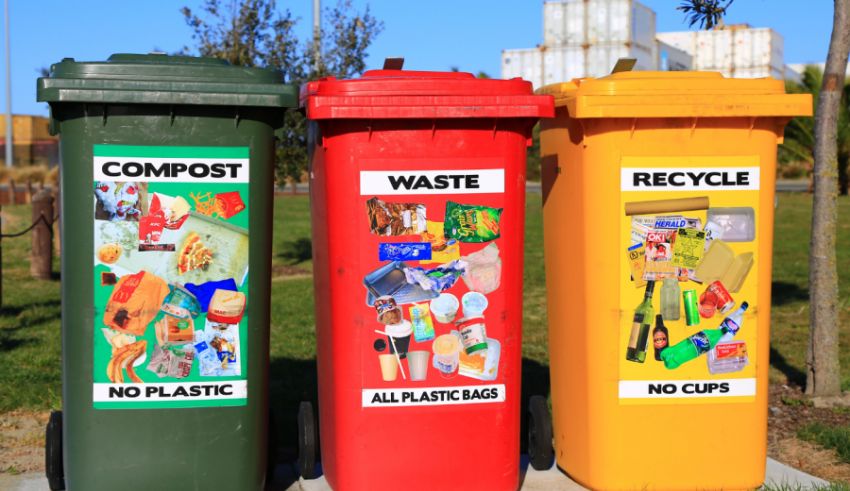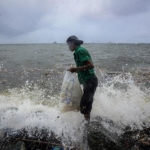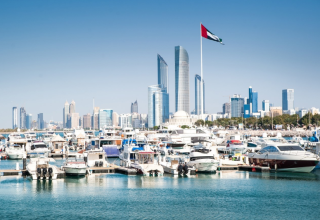
Now that supermarkets across Singapore are charging customers for plastic carriers, what are people using to bag their waste? That’s the question Channel News Asia asked shoppers on July 3, the day the compulsory bag charge was implemented.
People revealed their reliance on bin liners and plastic bags to contain their rubbish, blaming the lack of alternatives. Many said wet waste, if not properly placed in plastic bags, would splatter and dirty rubbish chutes and attract rats and cockroaches.
Environmental groups, however, said it’s a matter of changing habits to reuse what is available, rather than purchasing new plastic bags just to throw them away again. CNA asked experts for tips and suggestions and tried them out for their feasibility.
Segregation Key To Reducing Waste That Needs To Be Bagged
NGOs suggested waste segregation for better management. Separating wet or medical waste and dry waste would reduce the amount that actually needs to be bagged, Zero Waste SG’s executive director Tan Huileng said.
Some organisations CNA spoke to even suggested separating recyclables as they can be deposited into the blue recycling bins without plastic bags. In a nutshell, segregation required conscious effort, with wet waste going into repurposed packaging and dry into other containers.
Keep Reading
Finding Better Ways To Reduce Waste
If the amount of rubbish generated each day is fast too much for any of the suggestions to be useful, experts said it’s time for people to ask themselves why. “Are we wasting a lot, hence we don’t think there are enough bags to go around?” Zero Waste SG’s Tan asked.
At the end of the day, it’s just a matter of changing habits, taking on a more waste-free lifestyle and repurposing existing packaging to secure future waste. But adopting the new ways of doing things may seem a little uncomfortable in the beginning.


























